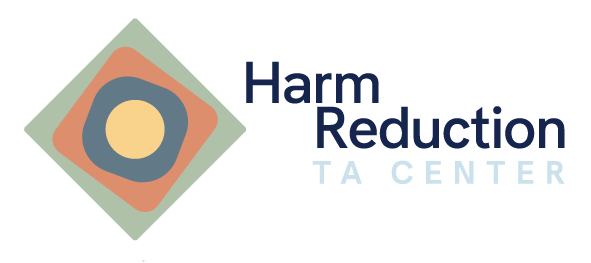- Home
- The Hacks
-
- Leadership
- Organizational & Planning
- Community Relations
- Upstream Advocacy
- Legal Structure & Obligations
- Fiscal Structure
- Fundraising
- Ordering, Vending, & Inventory
- Filing & Documentation
- Boards & Governance
- Policies, Procedures, & Programs
- Workforce Development
- Data & Reporting
- Resources
Workforce Development Hacks for SSPs
“Alone we can do so little. Together we can do so much.”
Harm reduction programs often start as a volunteer labor of love for communities impacted by drug use. But, as time and experience has shown, relying solely on the goodwill and passionate commitment of people who identify a need in the community simply isn’t sustainable. To alleviate this and provide services in line with harm reduction best practices, leaders have created more sustainable workforces through developing their volunteers, hiring peers and/or employees, and hiring others to manage parts of their programs.
This section discusses both volunteers and employees, some of the issues that arise when including participant peers as volunteers or employees, and a few things related to developing and sustaining program managers.
Volunteers
Volunteer Recruitment & Vetting
Volunteer Training
Peers
Why Hire People Who Use Drugs (and Other Peers)
Considerations for Hiring Peers
Considerations When Working with Peers
Employees
Managers
More Resources
Let Us Know About A Resource
During our development Harm Reduction Hacks have collected together a large number of resources from around the web you can find these in our resource folder in Google Docs. We are also always looking for more so help us by suggesting any resources we may have missed.
External Resources
Copyright
Disclaimer
We do not claim that this is an exhaustive set of strategies, shortcuts, or tips for running an SSP. What we do suggest is that Harm Reduction Hacks offers down-to-earth, practical information for being a better leader, starting and running an SSP, and providing syringe access services. We feel we can say this with confidence because the Hacks are based on interviews with, and the experiences of, literally generations of people who have been doing harm reduction work.
Please note that nothing in this guide should be construed as legal advice. Please consult an attorney local to your area to ensure your program is in compliance with all local, state and federal regulations that apply to your situation.
Harm Reduction Hacks site design and implimentation by Nigel Brunsdon
This site is protected by reCAPTCHA and the Google
Privacy Policy and Terms of Service apply.


